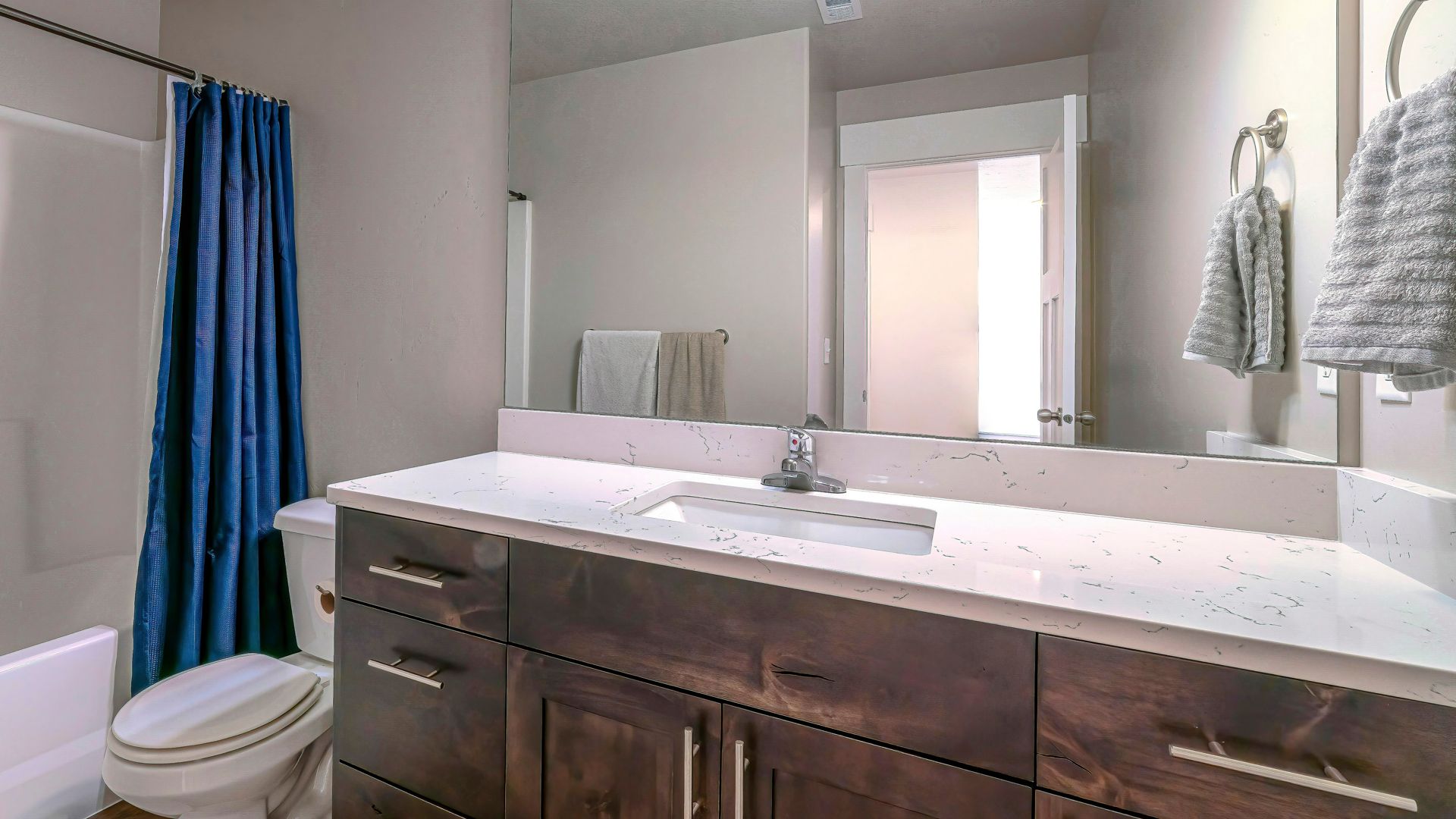With energy prices soaring and showing no signs of slowing down, energy efficiency and consuming less is the name of the game. Using less energy means more money staying where it belongs in your pocket, less of an impact on the environment, and less strain on our aging energy grid. All of those sound great if you’re a homeowner, but do you have any idea where to begin? The best place is with your most energy-consuming systems, but do you know what those are? If not, this blog will tell you.
#5: Refrigerator
Starting the list at number 5 is perhaps one of the most important appliances in your home: your refrigerator. Refrigerators prolong the shelf life of foods, including perishable foods, making them safe to eat for days or even weeks after production or preparation, when they would be good for maybe a few hours at the most otherwise. Refrigerators on average use around four percent of the energy your home consumes every year.
However, as refrigerators age, they can waste energy, and by their very nature they’re going to require a lot of it to maintain the cool and literally freezing cold temperatures they’re required to uphold. Your best bet: never leave the door open, check the seals to ensure that your refrigerator closes off completely, and never block the air inlet. It’s also a good idea to regularly clean behind your refrigerator in order to make sure any dust buildup back there is cleaned away so your cooling system can work properly.
#4: Lighting
Lighting uses approximately 12 percent of the energy the average home consumes every year, but we have to put a pretty large asterisk next to this entry, because the truth is that number can vary wildly. It’s true that older incandescent lighting can burn through quite a lot of energy, and that’s one of the reasons why they aren’t all that popular anymore. On the other end of the spectrum, modern LED lighting uses a tiny fraction of the energy that incandescent bulbs did, and that means homes that primarily rely on this technology actually use far less energy in this capacity than others.
What does that mean you can do to save money? The answer is simple: make smart choices and switch to LED lighting! Most LED bulbs can seamlessly plug into any regular lamp socket, most bulbs are becoming extremely affordable, and they last a long, long time, sometimes several years before needing replacement.
#3: Washer & Dryer
Your washer and dryer take the number 3 spot on the list, and it should come as very little surprise when you consider that at least one, if not both of these appliances runs on a 240-volt connection (that big, round, 4-prong plug that you don’t really see anywhere else in your home). The average washer and dryer pair, even though you might only run them for as little as 60 to 70 cycles per year, consumes around 13% of the average home’s energy.
Today, there are a lot of extremely popular laundry machines that are great on energy efficiency. Appliance manufacturers are dumping a lot of resources into researching and creating more efficient motors, better heating elements, and so much more. You might want to also consider a gas-powered dryer if you can. These units use the power of natural gas to create the heat needed to dry your clothes, thus cutting down your electric bill in favor of a small increase in gas. Finally, consider doing larger loads of laundry and avoiding doing smaller loads that have to use a similar amount of electricity in comparison to a load that’s packed full.
#2: Water Heater
Your water heater comes in at number two on the list, consuming approximately 14 to 15% of the energy that the average home uses every year. This one should come as very little surprise when you consider how much you depend on your supply of hot water. You cook with it, clean with it, shower with it, use it for doing laundry, use it for washing dishes, and so much more. Even other appliances in your home rely on your water heater to do their job.
However, tank-style water heaters are ridiculously inefficient. While high-capacity tanks and efficient heaters eliminate some of the problems, they don’t get rid of the fact that these heaters will constantly lose energy and thus need to reheat your tank periodically to keep it at your ideal temperature. Plus refilling a tank uses a lot of energy as well. If you really want to improve this part of your home, consider investing in a tankless water heater.
#1: Heating & Cooling
This should come as very little surprise. Not only does your HVAC system come out on top when it comes to your annual energy consumption, but it does it by a landslide: approximately 50% of all of the energy your home uses every year goes toward heating and cooling. During summer, your air conditioner burns through it to create the cool air you rely on, while in winter, your heater, particularly heat pumps and electric furnaces, go through electricity like crazy.
If you want to bring your bills down, we have two strong recommendations. First, have your HVAC system maintained every year. In the spring, have your air conditioner tuned up and prepared for the summer season. In the fall, have your heater tuned up to prepare for the long months of winter that lie ahead. Second, if your system has a SEER rating of 10 or less, consider upgrading to an energy-efficient 14 SEER system and you’ll see huge savings on energy.
Looking to save money on your energy bills? Make the call to the experts at A-TEMP Heating, Cooling & Electrical at (503) 694-3396 and book your electrical or HVAC service now!
